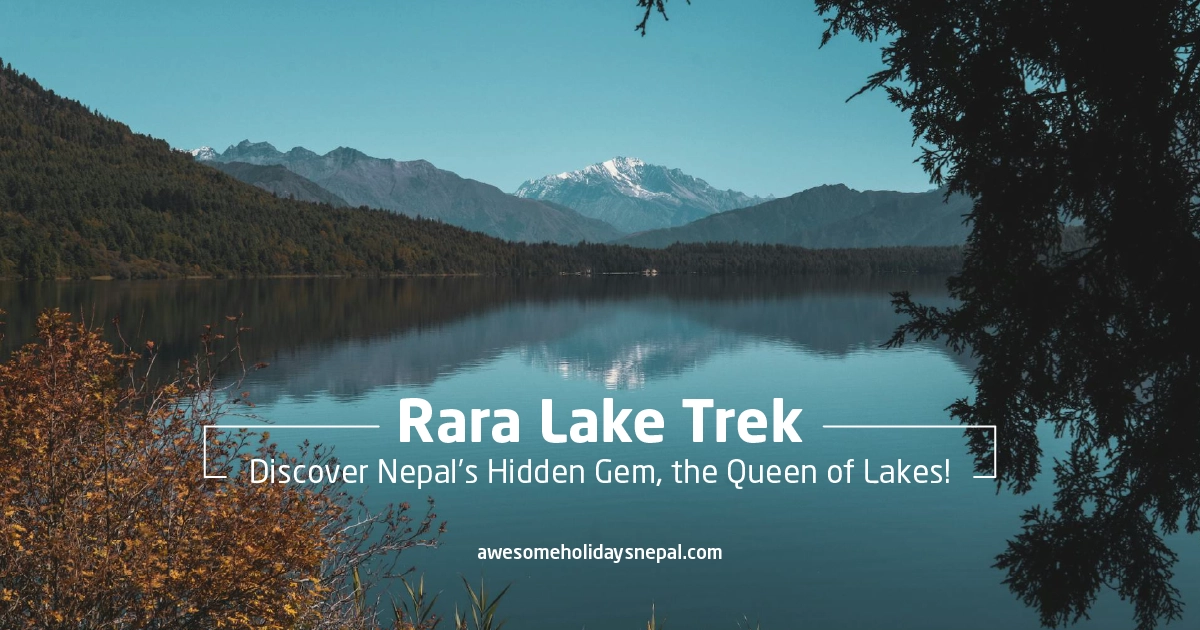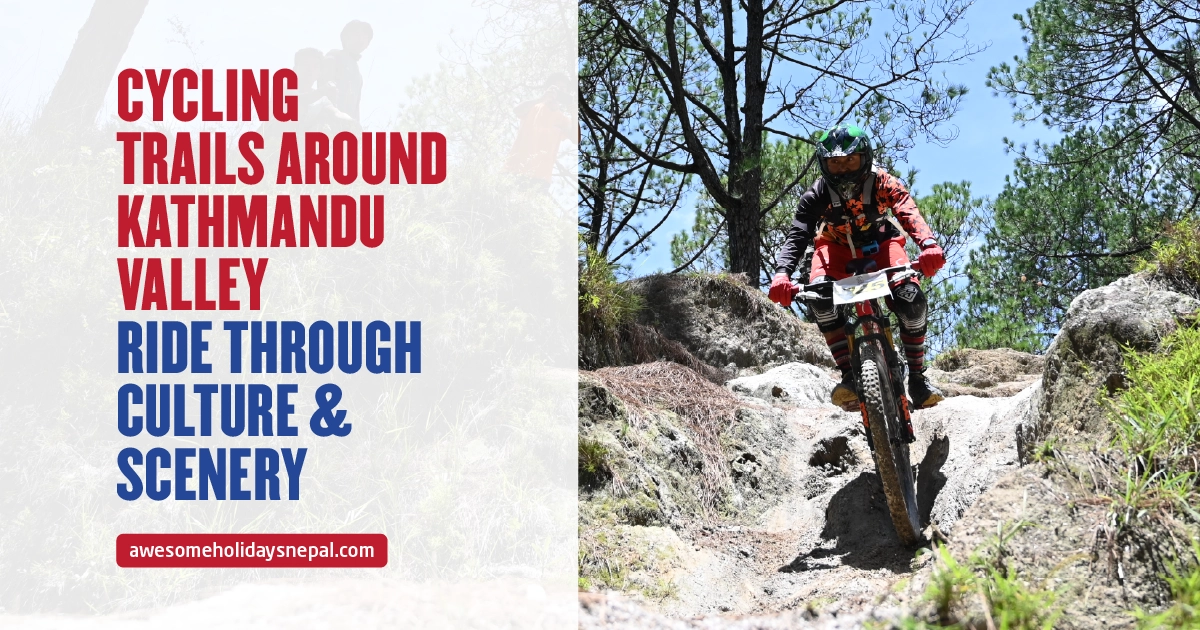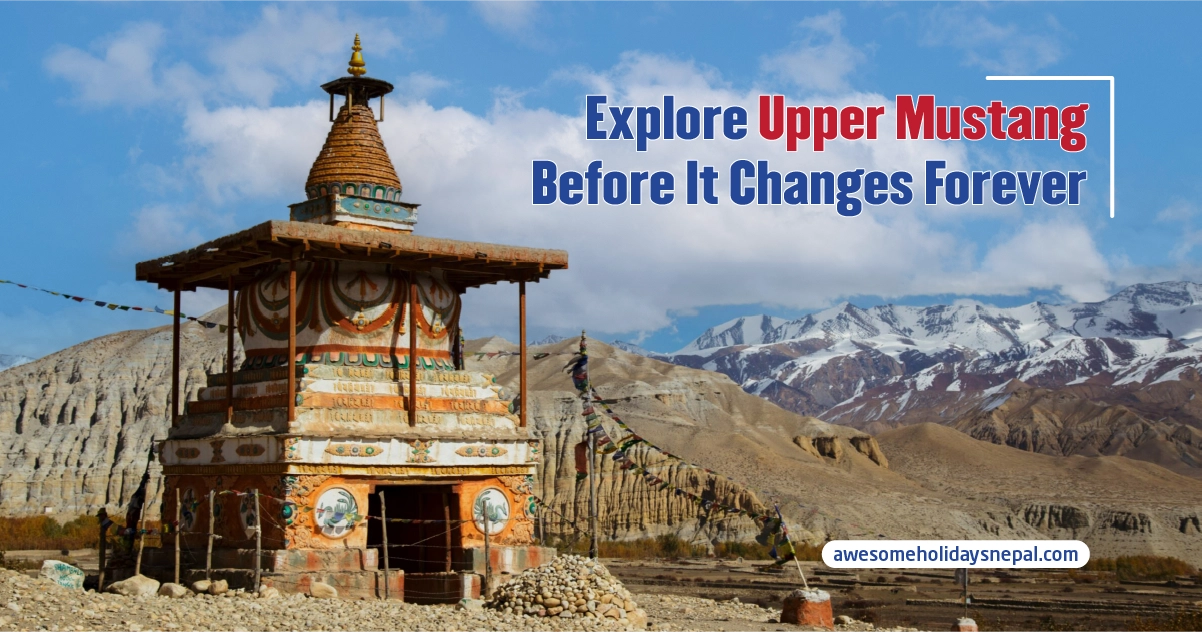Best Things to Do in Dingboche
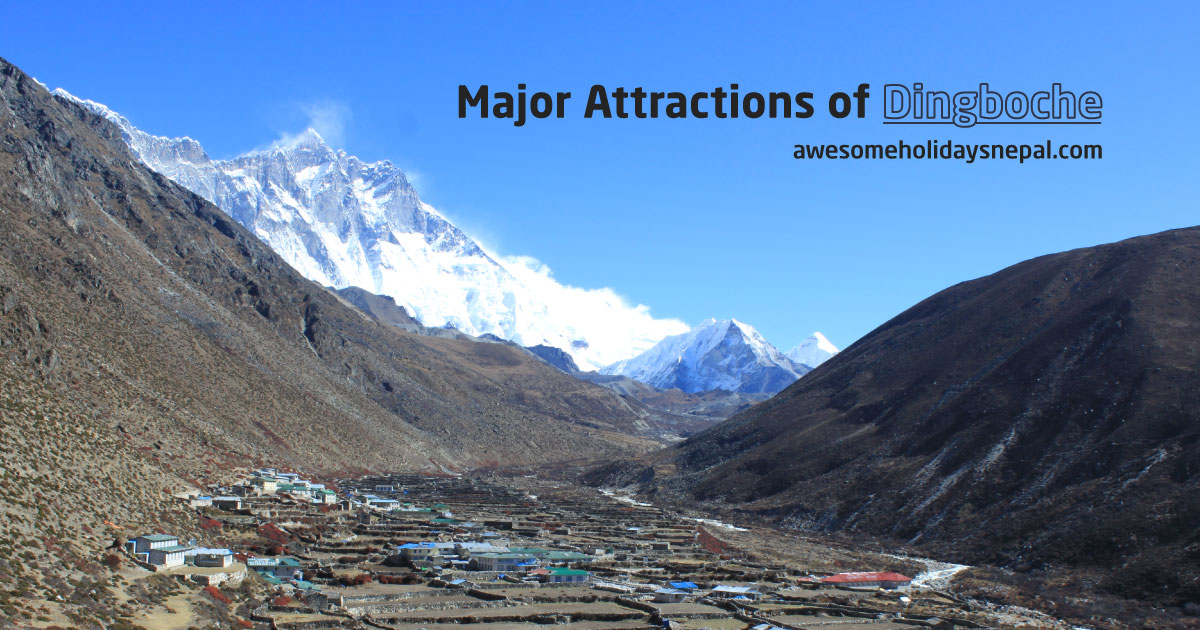
Thinking of going on an Everest Base Camp trek, then Dingboche is just a place to rest on the way. But the place is much more than just a resting spot—it’s an opportunity for you to experience thrilling side trips, majestic Himalayan landscapes, and Sherpa culture.
Dingboche is a picturesque sherpa village situated at an altitude of 4,410 meters (14,470 feet), which is a crucial acclimatization stop for trekkers. This gorgeous settlement also has plenty of exciting activities that will make your stay truly worthwhile in Dingboche.
From challenging hikes and cultural experiences to breathtaking viewpoints and delicious mountain treats, here are the best things to do in Dingboche.
Best Things to Do in Dingboche
Acclimatize in Dingboche
At this elevation, acclimatization is required to prevent altitude sickness before starting a higher trek. Dingboche is the ideal spot for trekkers to use an extra day to help their bodies get used to the altitude. Acclimating will not be done by lying in bed all day; rather, light exercise speeds the body’s adjustment.
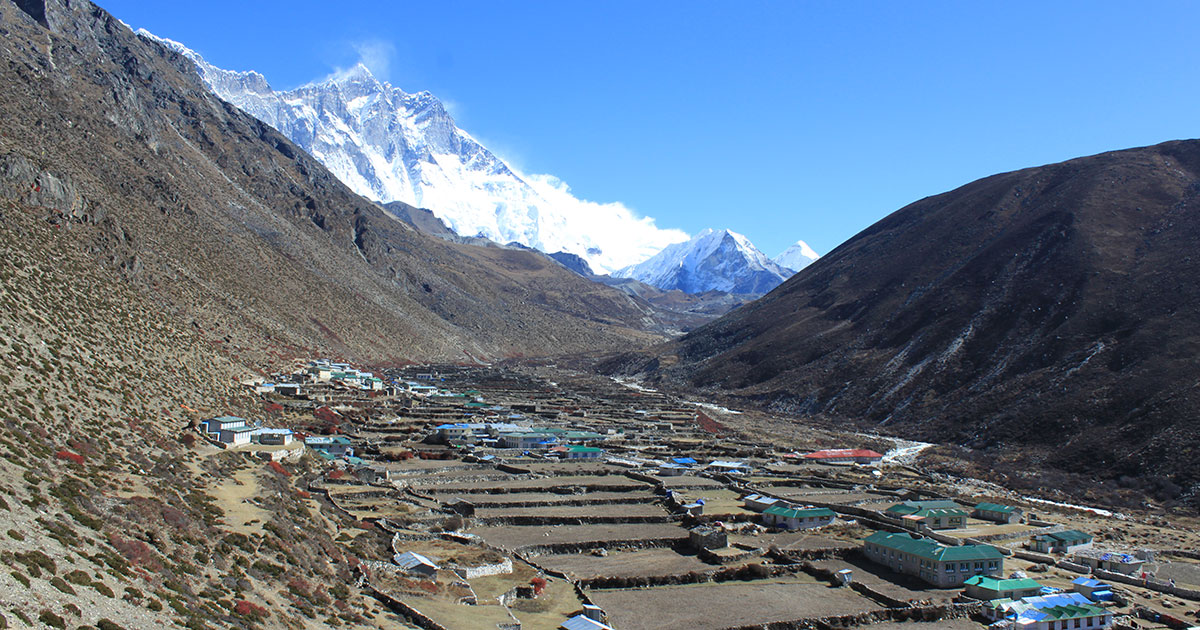
The best approach to acclimatization is brief hikes to higher altitudes then going back to sleep lower. A wonderful choice, the Nangkartshang Peak hike provides beautiful mountain vistas as well as acclimatization advantages. Many hikers also choose a brief stroll toward Chukhung Valley to see the magnificent Imja Glacier.
Hike to Nangkartshang Peak
The Nangkartshang Peak trek, which takes about 4 to 5 hours round trip, is one of Dingboche’s finest hikes. Ascending sharply from the village, the trail provides sweeping vistas of Lhotse, Makalu, Ama Dablam, and Everest. The higher you go, the more magnificent the view gets.
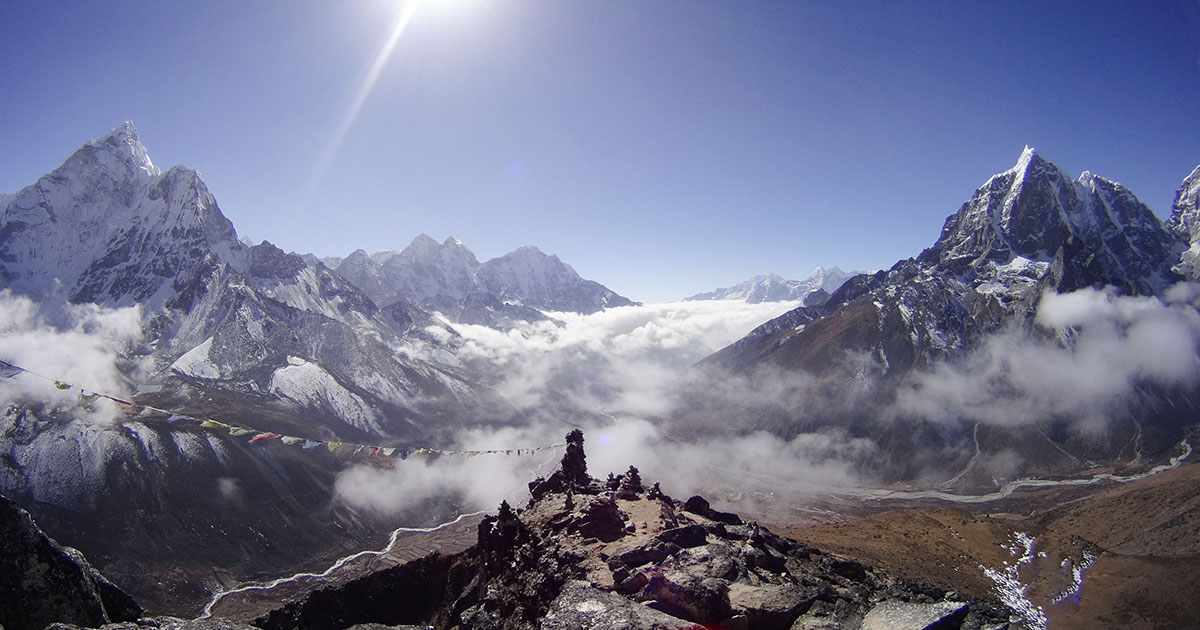
One of the finest vantage points in the Everest area awaits you at the top of Nangkartshang Peak (5,083m). You are welcomed with the magnificent view of Ama Dablam’s absolutely symmetrical summit looming over the valley. In Dingboche, this trek is also great for acclimatization, so it should definitely be done. It is one of the Best Things to Do in Dingboche.
Savor Crispy Apple Pie at a Local Bakery
Nothing beats a warm piece of homemade apple pie and a steaming cup of tea after a tough hike. A few warm bakeries exist in Dingboche, especially Cafe 4410 well-liked among hikers.
The apple pie is a must-try, which is baked to perfection and made from apples grown nearby. At this altitude, another rare treat is chocolate cake, cinnamon rolls, and hot coffee. You won’t forget the experience sitting in the bakery savoring a well-deserved pastry with magnificent Himalayan vistas.
Explore the Local Sherpa Culture and Traditions
Dingboche is a typical Sherpa village that offers another aspect to your trip if you make time to discover. You could see stone-walled fields, bright prayer flags, and Buddhist chortens spread around the village that creates a serene and holy environment.
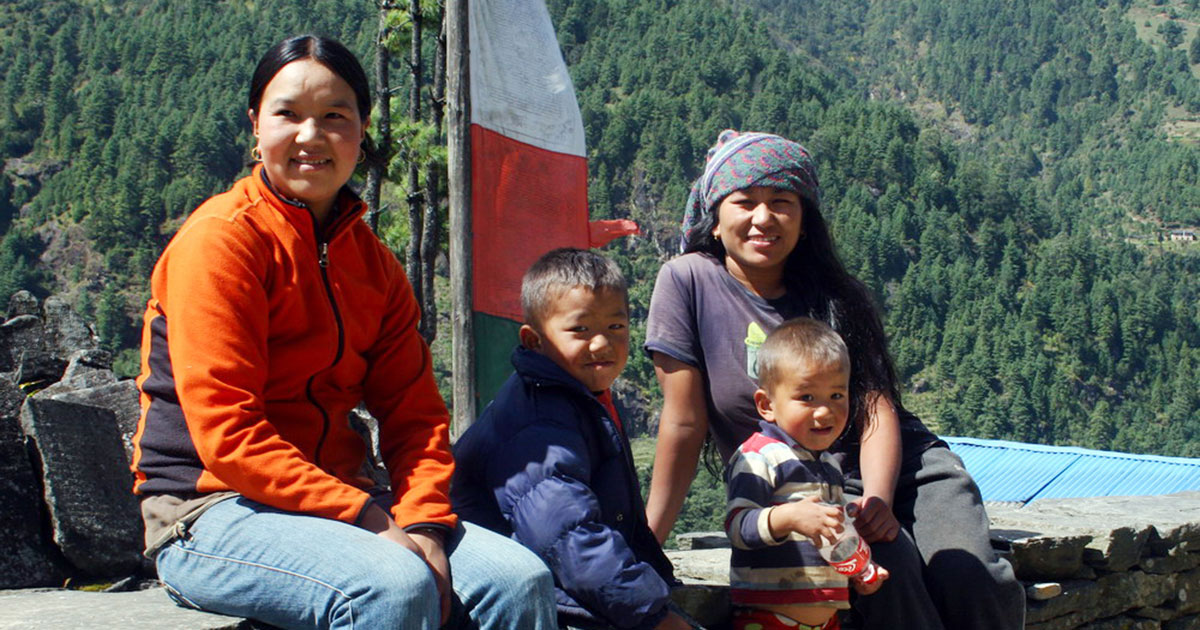
Sherpas have lived here in difficult conditions for centuries, and their hospitality, fortitude, and spiritual beliefs define the identity of this region. Mani walls (stone slabs inscribed with Buddhist prayers) and prayer wheels that natives turn as they pass by surround Dingboche. You will love the experience of going to a Sherpa’s house or teahouse and having a conversation with people about their way of life.
Visit Tengboche Monastery
If you have the time and energy, a visit to Tengboche Monastery is highly worthwhile. Tengboche, the biggest and most important monastery in the Everest region, is situated around 10 km from Dingboche. Monks recite mantras, do religious services, and provide instruction on Buddhist philosophy in this hallowed location.
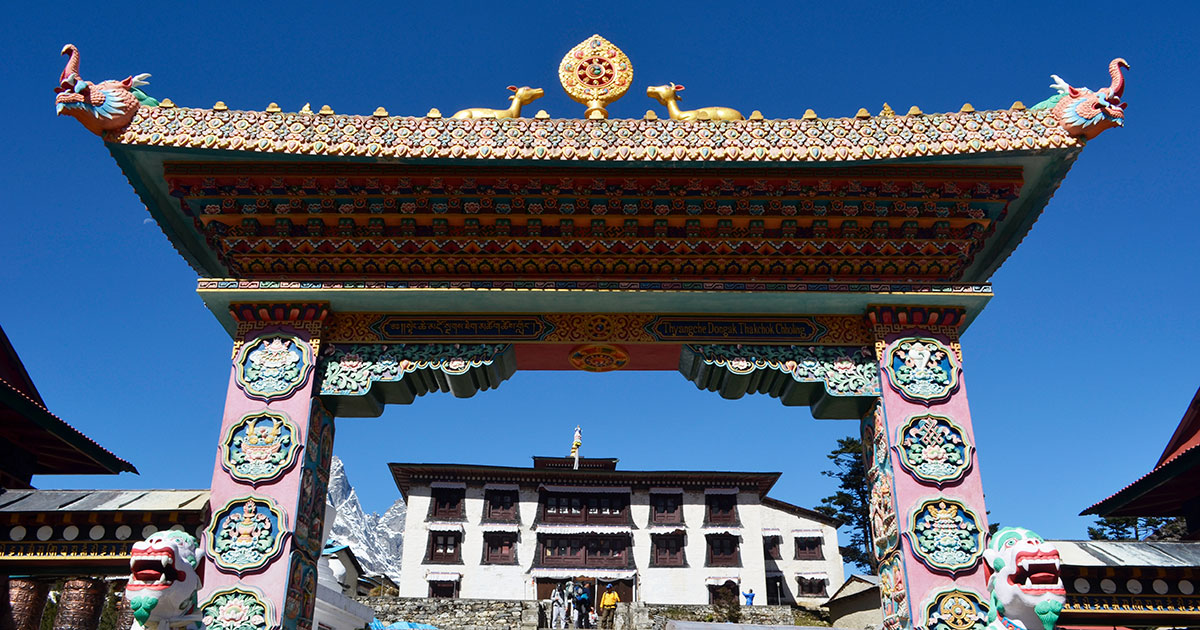
Among the most enchanting encounters here is the Mani Rimdu Festival, held in October or November. The monastery springs to life with monk-led rituals, fire rites, and masked dancing during this period. The monastery’s peaceful atmosphere and spectacular vistas of Ama Dablam and Everest make it a memorable stop, even if you go beyond the festival.
Explore the Hidden Beauty of Imja Valley
Imja Valley is a hidden gem with breathtaking glacier sights, snowcapped peaks, and rough Himalayan topography. It is just a short walk away from Dingboche. You just need a brief stroll into the valley to appreciate its beauty. The Imja valley serves as the portal to Island Peak and is a part of the Three Passes Trek.
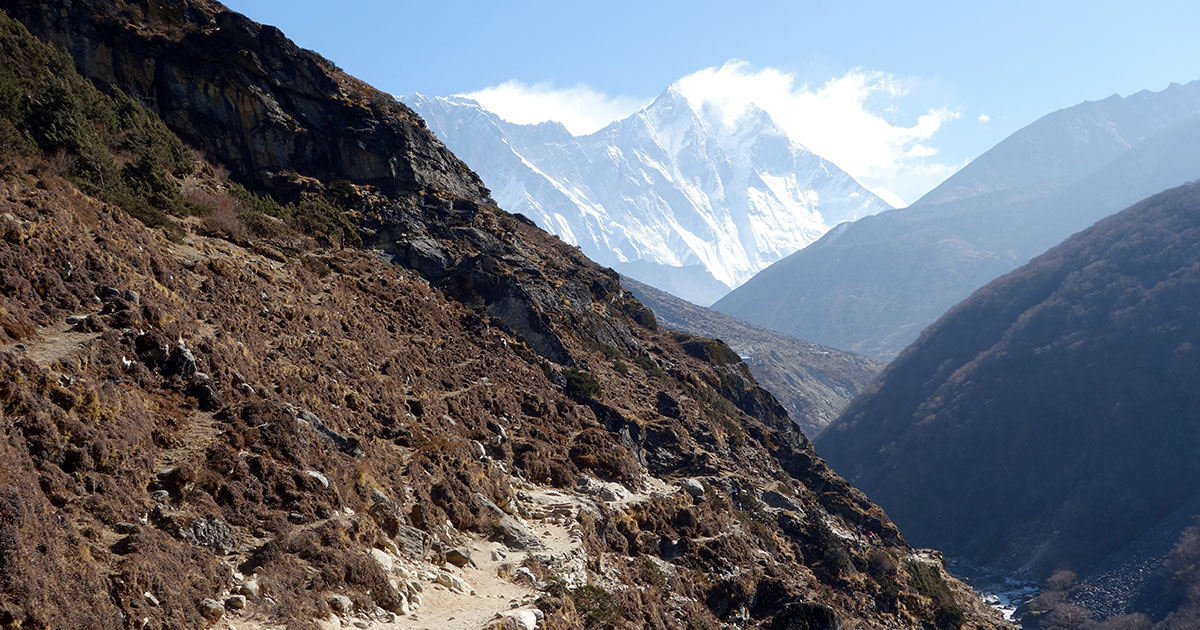
Trekking through Imja Valley, you witness the massive ice formation known as the Imja Glacier, which supplies the glacial lakes beneath. Moreover, it is a perfect spot for photographers with excellent scenery of Lhotse, Makalu, and Island Peak.
Trek to Chukhung and Chukhung Ri
It is extremely recommended to trek to Chukhung (4 730m) and Chukhung Ri (5 550m) if you have one extra day in Dingboche. Although the journey requires perhaps 6 to 7 hours for a roundabout trip, the scenery is definitely worth it.
A non-technical summit, Chukhung Ri delivers a 360-degree view of the whole Everest region. From the summit, you may even notice Baruntse, Makalu, Lhotse, and Mt. Victoria. For people trying the Kongma La Pass or Island Peak as well, this journey offers excellent acclimatization.
Visit the Legendary Khumbu Icefall
The Khumbu Icefall is a huge glacier with great ice seracs and deep crevasse. It is one of the most spectacular sights close to Dingboche. For mountaineers who attempt to summit Everest, this is their first big challenge. The icefall’s constantly fast-moving ice makes it among the deadliest parts of the ascent.
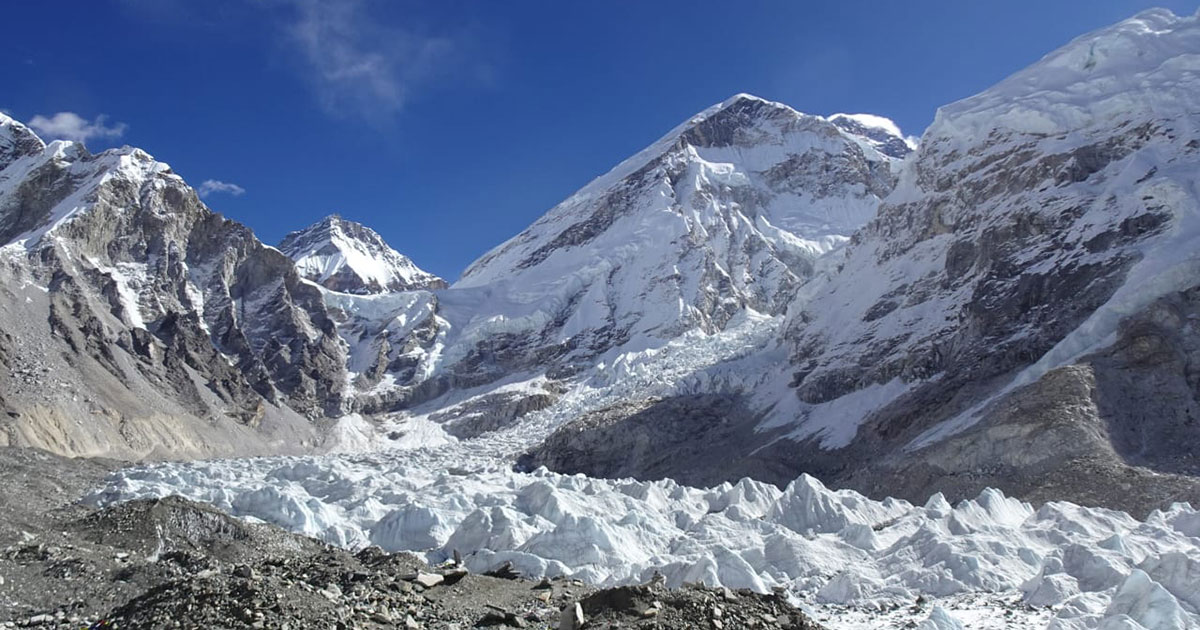
Though trekkers cannot enter the icefall, you would still be able to enjoy a magnificent sight of it from Kala Patthar or Everest Base Camp. It is a surreal experience watching climbers negotiate the ladders and ropes, listening to the creaking sound of shifting ice, and observing the blue ice formations.
Climb Island Peak: A Real Mountaineering Challenge
Climbing Island Peak (6,189m) is an amazing way to enter the sphere of mountaineering for those seeking a real challenge. Though not a technically challenging climb, it calls for good physical shape, minimal climbing expertise, and the application of equipment including crampons and an ice axe.
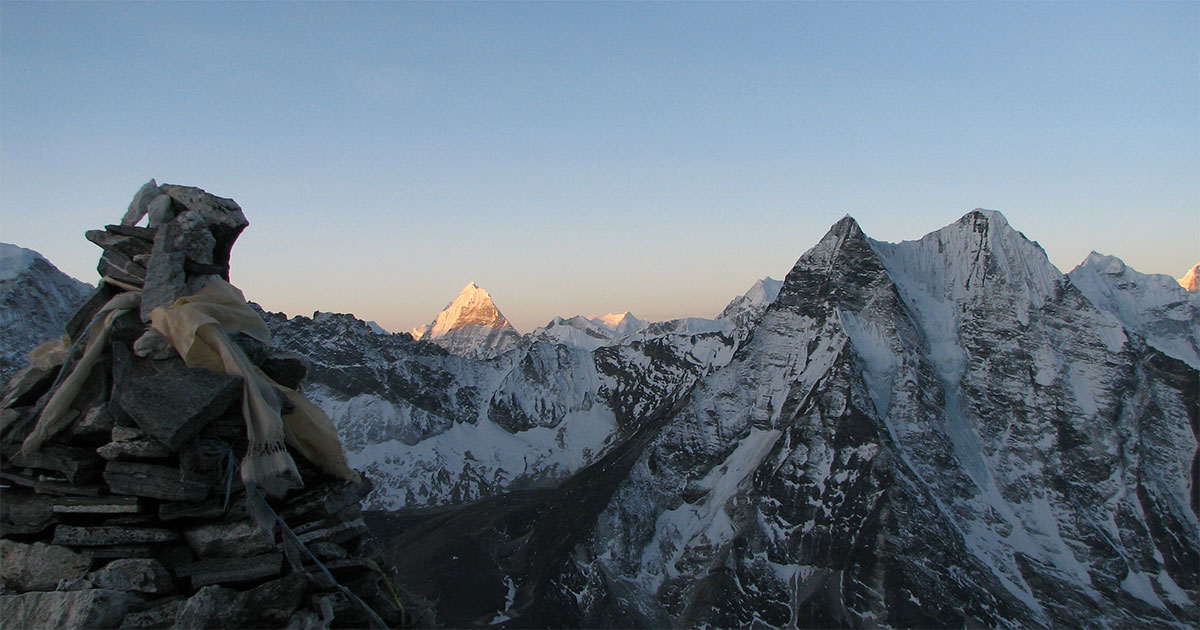
You will hike from Dingboche to Island Peak Base Camp, where mountaineers spend the night before starting a rough assault to the peak. When you are on the top of Island Peak amid among the mightiest peaks in the world, you get a realization that it is an unforgettable feat.
If you want to know the things to remember before Island Peak climbing, do read our blog.
Get Lost in Dingboche’s Magnificence
Although Dingboche is frequently considered only a rest point, it is very much more than that. Whether you are hiking to magnificent vistas, consuming a hot apple pie, submerging oneself in Sherpa culture, or getting ready for an even more ambitious trip, Dingboche presents experiences you will always remember.
Here we have listed the best things to do in Dingboche. Enjoy, explore, and maximize your visit if you are passing through. Dingboche ranks among the top spots to see all the Himalayas has to offer.
Make you trip memorable!
FAQs
Expand AllHow high is Dingboche?
Dingboche is at an altitude of 4,410 meters (14,470 ft).
Where is Dingboche located?
Dingboche is a sherpa village located in the Khumbu region of northeast Nepal.
What permits do I need to trek to Dingboche?
You need a Sagarmatha National Park Entry Permit, a Khumbu Pasang Lhamu Rural Municipality Permit, and a TIMS (Trekkers’ Information Management System) card.
How long does it take to climb the Island Peak?
With a standard package, it takes 13 days to climb the Island Peak and return to Kathmandu. The time taken to ascend the peak depends on how you customize your itinerary, rest days, and acclimatization days for the expedition.
How difficult is climbing the Island Peak?
Island Peak is moderately difficult to climb and is graded a 2B in difficulty. You will require a good level of fitness and basic mountaineering skills to use ice axes and crampons to climb this peak. Even though it isn’t a difficult peak to climb, you need to have some technical skills.
Which is the oldest monastery in Nepal?
The Lama Sangwa Dorje monastery which is also known as Tengboche is the oldest monastery in Nepal.
How long does the Nangkartshang Peak hike take?
Nangkartshang Peak hike normally takes around 2 to 3 hours to reach the summit from Dingboche and 1 to 2 hours to descend.
What is the best time to visit Dingboche?
The best time to visit Dingboche is Spring season (March to May) and Autumn Season (September to November).
Related blog posts
Discover a choice of tourist destinations loved by most of our visitors. Whether you're on a jungle safari to spot rare animals or walking through a world heritage site, these well-planned itineraries cover the major highlights of Nepal.


